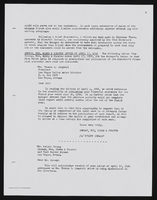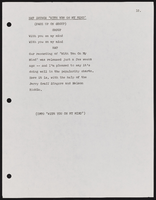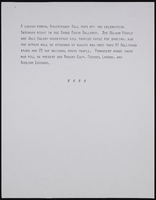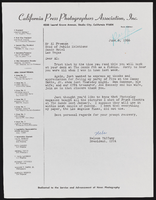Search the Special Collections and Archives Portal
Search Results
Stratosphere Tower update and tour: video, 1994 March 02
Level of Description
Scope and Contents
KTNV Channel 13 reporter Mark Sayre presents "Tower Trivia"; included are remarks from Stratosphere Tower architect Gary Nelson, project manager Scott Dawes, and construction worker Sandra Lowery; Same clip appears twice. Original media VHS, color, aspect ratio 4 x 3, frame size 720 x 486.
Archival Collection
Collection Name: Bob Stupak Professional Papers
Box/Folder: Digital File 00, Box 35
Archival Component

Photograph of men in car, Nevada, circa 1900-1906
Date
Archival Collection
Description
Image
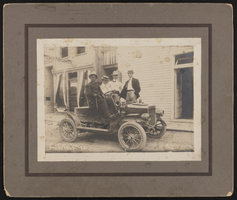
Joe Gans and others in an automobile: photographic print
Date
Archival Collection
Description
Image
Educational Equity Resource Center Records
Identifier
Abstract
The Educational Equity Resource Center (EERC) records contain material from workshops hosted by the EERC throughout Southern Nevada, especially Las Vegas, Nevada, between 1973 and 2000. The EERC aimed to provide teachers, students, and parents information on gender equity education, support, and training. Workshop materials include participant worksheets, surveys, brochures, instructional booklets, advertisements, correspondence, and evaluation forms. Workshop participants include K-12 students, postsecondary school students, educators, and parents. The records also include EERC organizational correspondence, reports, newsletters, publications, and resources detailing workshop and EERC funding, development, and promotion.
Archival Collection

